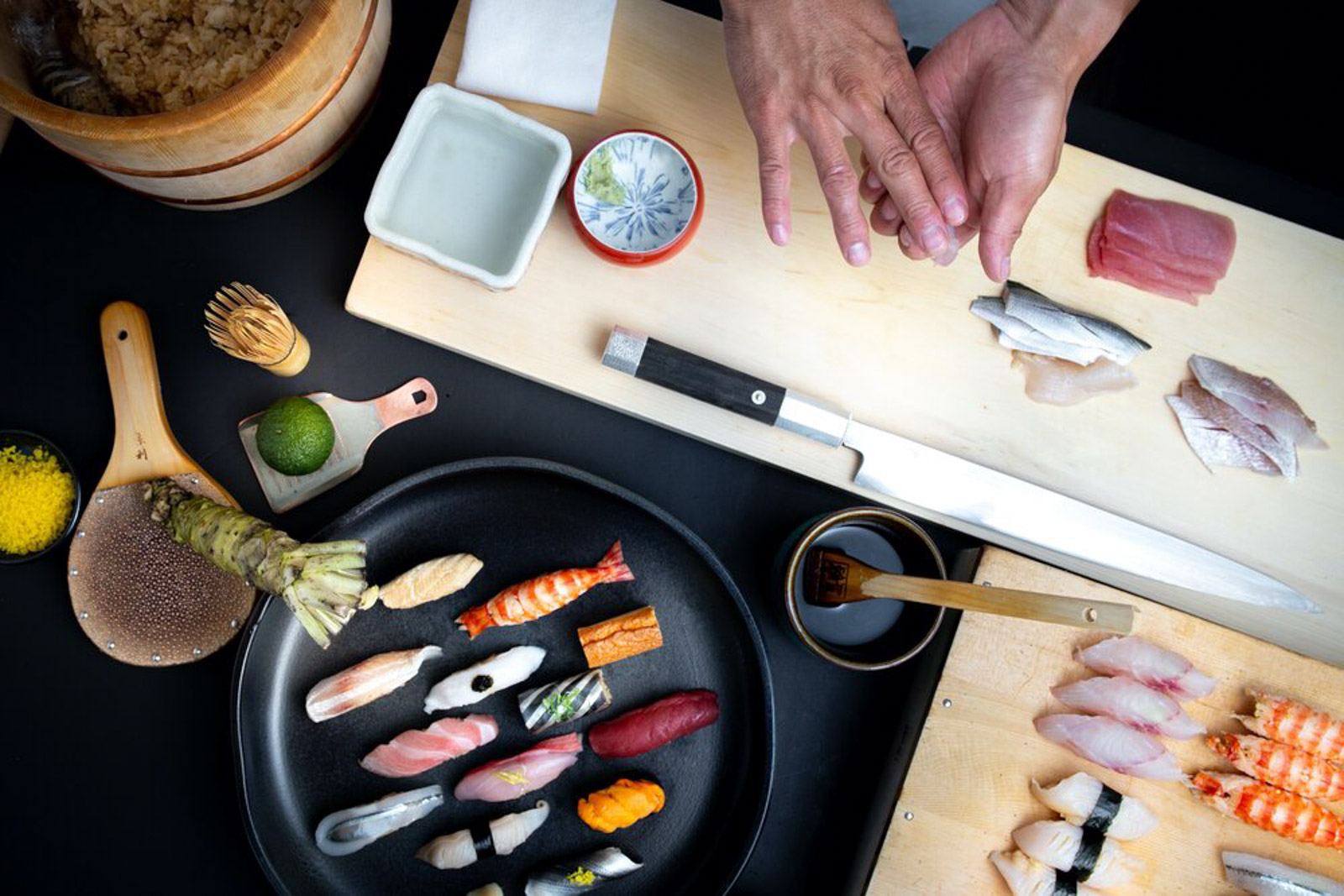When I think of Japanese omakase, I imagine an intimate dining experience best enjoyed in a cozy setting, facing the chef as he lovingly prepares each course just for me, one perfectly paced morsel at a time.
In omakase dining—omakase means “I’ll leave it up to you”—the guest surrenders all decision-making to the chef, who carefully selects and serves the season’s freshest bounty. There is intention behind each dish and each piece of nigiri presented—whether the subtle yuzu flavours on a slice of grilled fish or a specific technique used to press the nigiri rice.
Many of Vancouver’s most loved and respected omakase restaurants occupy tiny establishments, with just a couple of seats at the bar and a handful of small tables. Interest in this type of Japanese fine dining was growing and business bustling—until the pandemic hit.
When COVID forced restaurants to pivot to takeout, popular omakase spots such as Tojo’s, Masayoshi, and Tetsu Sushi Bar had to quickly reconsider their options. With dine-in on hold, the future of omakase was suddenly uncertain.
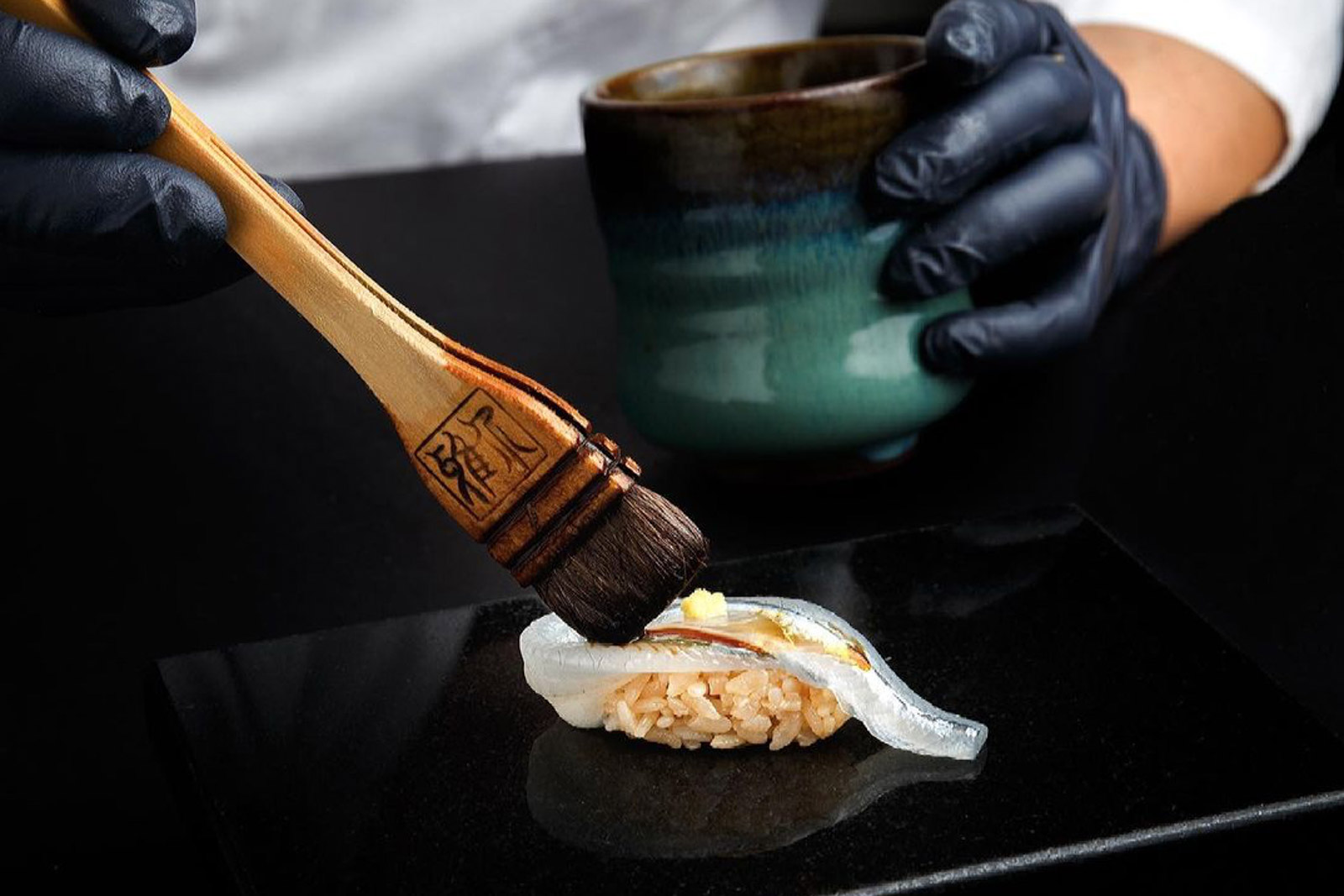
Nigiri at Masayoshi. Photo by Leila Kwok.
Some restaurants, such as Sushi Jin, managed to shift to takeout to stay afloat, gaining a reputation for creating high-end takeout trays; Masayoshi quickly became known for its sold-out bento boxes. “Since our diners couldn’t come in to eat, we had to bring our food to them,” chef/owner Masayoshi Baba says.
While takeout sushi and bento boxes are certainly well loved in this city, they couldn’t replace the personalized, dine-in omakase experience. Even when limited dine-in seating was later restored, the need for reduced capacity constrained the restaurateurs running these snug establishments.
“Our customers and staff safety is our priority, so we had to decrease our seat capacity from 14 to nine to maintain social distance,” says Satoshi Makise, chef/owner of Tetsu Sushi Bar in the West End.
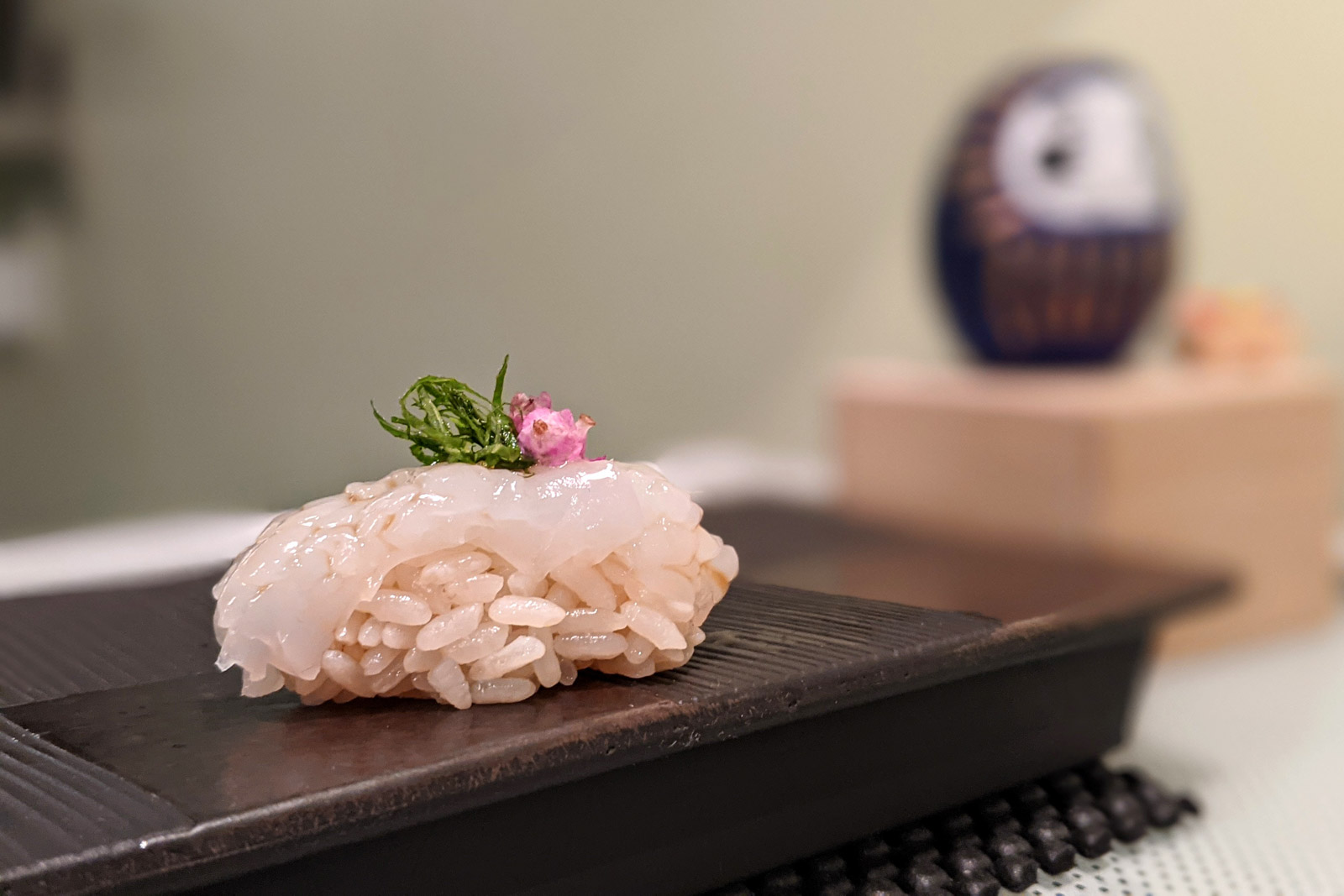
Nigiri at Tetsu Sushi Bar. Photo by Tammy Kwan.
Supply challenges further tightened the ever-shrinking (and already tight) profit margin, putting additional pressure on the city’s omakase venues. “There was a very limited number of fish shipping from Japan during the pandemic,” Makise explains. “Shipping costs went extremely high, so it was difficult to serve good quality fish with the same price as before the pandemic.”
With the loss of income from fewer dine-in guests, and the added costs of putting up plastic barriers, dividers, and other health and hygiene equipment, not to mention pricier imported ingredients, it hasn’t been easy for these small businesses to continue to operate and still turn a profit.
“We have to make adjustments to our omakase pricing due to an increase in food cost. It wasn’t an easy decision, but it needed to be done. It is not about making money but breaking even—but even that, it isn’t easy,” Baba says. “It is especially tough as we occasionally have people cancelling last minute. One less customer makes a big difference when we have such limited spots.”
Without the opportunity to recoup losses through spontaneous walk-in guests, last-minute cancellations have become a financial hardship for omakase restaurants, as chefs regularly preorder high-end, expensive imported ingredients that take time to prepare. That’s why a few places, including Sushi Bar Shu and Sushi Bar Maumi, have implemented strict cancellation policies and fees to protect themselves through the pandemic.
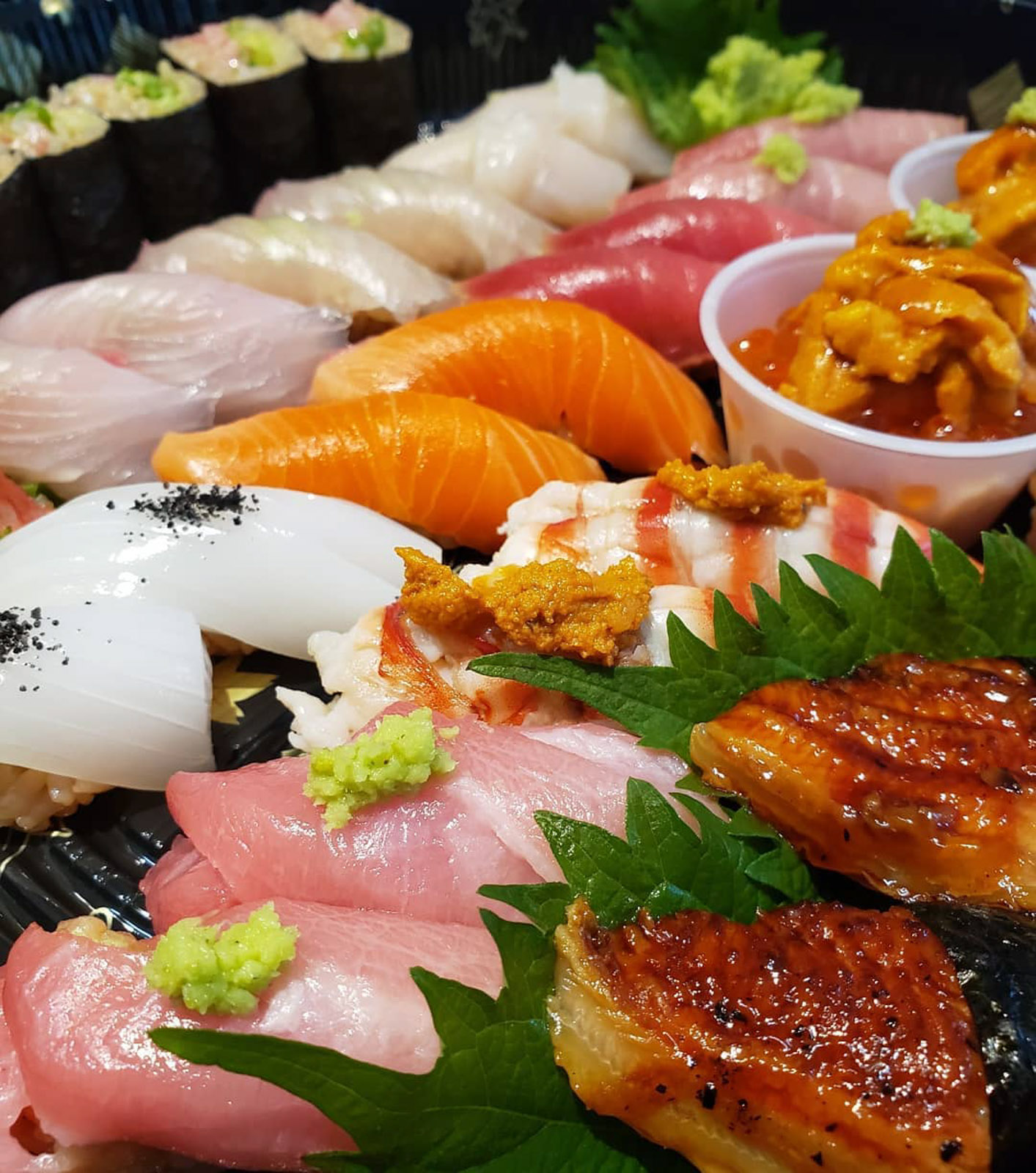
Photo courtesy of Sushi Jin.
For diners like myself who have especially missed the dine-in omakase experience, it was a relief to see these dining establishments reopen, even with limited capacity. Reservations were fully booked during Valentine’s weekend this year, which tells me I’m not the only one craving intimate, in-person meals.
“I think it can be a great dinner to celebrate a special occasion like a birthday or personal achievement. It’s not a noisy party, but a quiet and special dining experience,” says Jin Yim, chef/owner of Sushi Jin.
Despite a turbulent year, Vancouver’s omakase chefs are confident this unique type of dining experience will continue to thrive in the city.
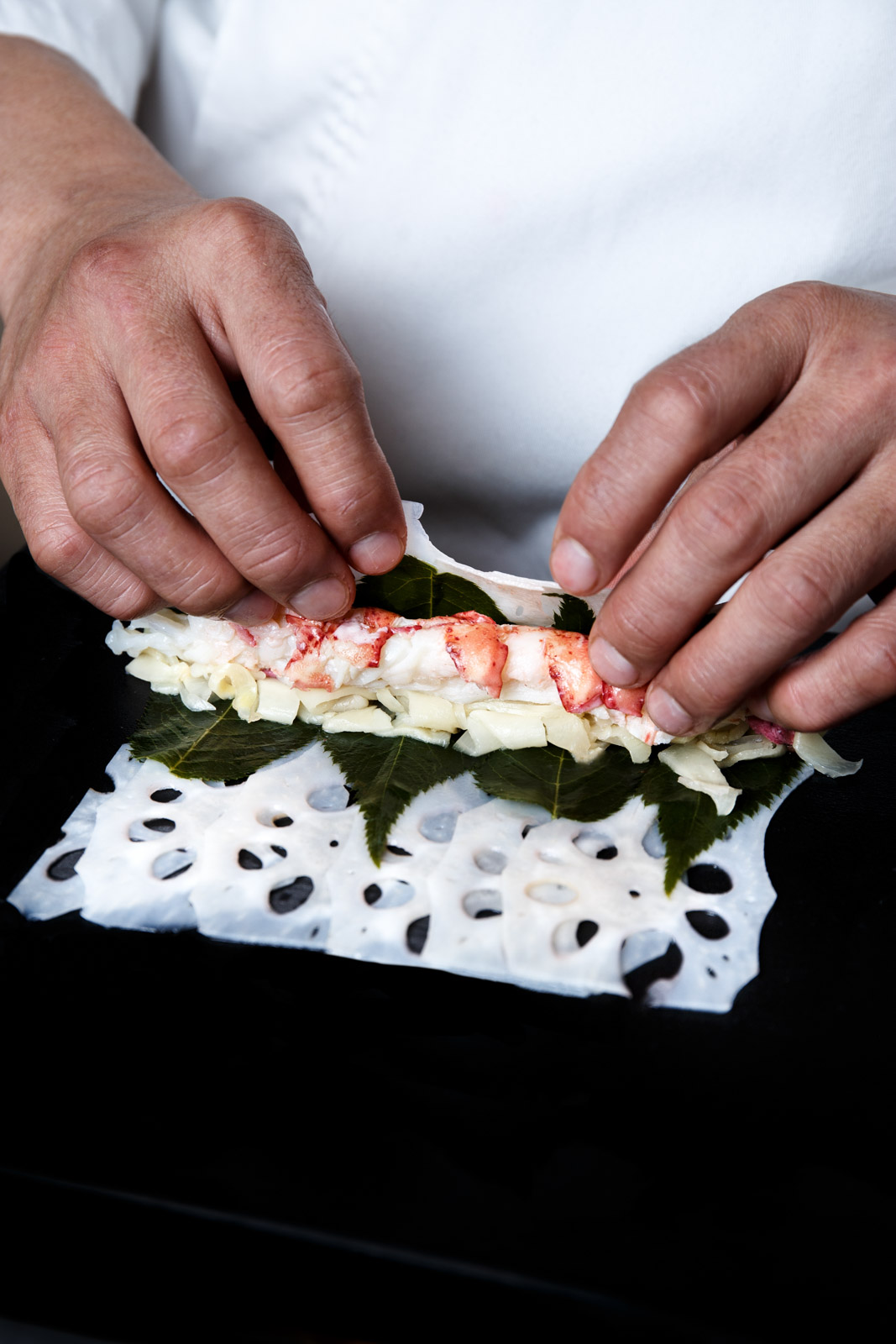
Omakase preparation at Masayoshi. Photo by Leila Kwok.
“My business literally had to change according to government announcements. When the world dramatically changed, I needed to catch up,” Marpole’s Sushi Bar Shu chef/owner Kevin Shin says. “In order to keep omakase popular, I will keep evolving and doing my best every single moment to reach our customers’ satisfaction.”
I look forward to once again sitting at the sushi bar and asking the chef what kind of fish was recently flown in—separated by nothing but the personalized, exquisite dishes laid out before me.
Read more Food and Drink stories.

